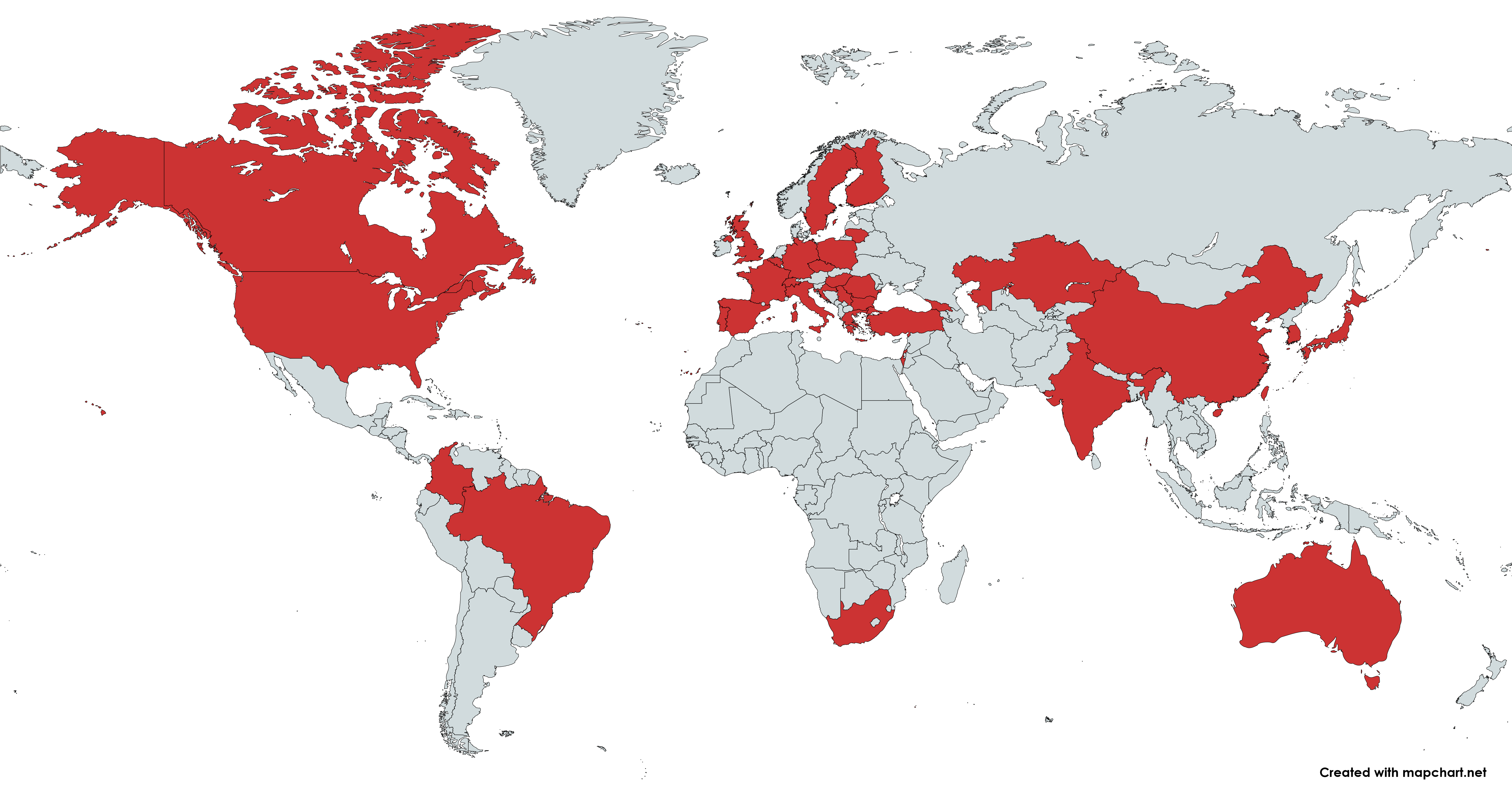DRD1 R&D Collaboration
Development of Gaseous Detectors Technologies

Gaseous Detectors (GDs) have been pivotal to the history of nuclear and, later, particle physics since the use of the first Geiger counters (dating back to 1908) and have represented the first approach to fine spatial resolution with the introduction of the MultiWire Proportional Chamber (MWPC) in 1968. Their role in particle physics experiments remains central, as testified by their use in the trigger and muon systems of all major LHC experiments (ALICE, ATLAS, CMS, LHCb) largely based on extended GD sets; while novel concepts within the same experiments are being developed for the next LHC data taking periods. The ongoing upgrades include the ALICE TPC with Gas Electron Multiplier (GEM) readout [Ch1-1]; the ATLAS muon system making use of Micro-mesh gaseous structure (Micromegas) [Ch1-2], small Thin Gap Chambers (sTGC) and Resistive Plate Chambers (RPC) [Ch1-3]; and the CMS muon system, where the endcaps are being instrumented with GEMs [Ch1-4] and improved RPCs [Ch1-5]. Large GD arrays, such as RPCs, have been widely used in large-scale experiments (including the ultra-high energy cosmic ray observatories [Ch1-6]), that demand low-cost detector units able to operate reliably and cover large areas, with high efficiency and low power consumption, even in outdoor environments and with minimal maintenance.
The explanation of this persistent success is related to the main characteristics of GDs, namely the capability to cost-effectively instrument large areas, low material budget, and operation in the presence of magnetic fields and radiation hardness; while their spatial and time resolution, along with high-rate capability performance, are continuously improving thanks to a world-wide community dedicated to R&D in this field. No other detector technology is providing a similar diversity of uses. The rich panorama of up-to-date GDs makes them adequate for a variety of applications in fundamental research domains and beyond, in spite of the operational complexity posed by the needs of high voltage and gas supplies. The portfolio of novel ideas promises innovative approaches and improved performance, while the experimental set-ups at the major future collider facilities as well as several future research programmes in the nuclear, astroparticle, neutrino and rare-event areas all require the use of GDs.
DRD1 Collaboration
The DRD1 Collaboration aims at promoting the development, diffusion and applications of gaseous detectors, and
is organized according to the General Strategic Recommendations outlined in the ECFA Detector R&D Roadmap Document. The following pillars form the foundation of this Collaboration:
- Community-Driven Collaboration: The Collaboration is driven by the community, providing a vital forum for exchanging ideas and establishing synergies to minimize duplicated efforts.
- Recognition and Support for Young R&D Experts: The Collaboration will promote proper recognition and support for the careers of instrumentation R&D experts. This support will be facilitated through the member institutes and their interface with the scientific community and institutions.
- Dynamic and Open R&D Environment: The Collaboration will strive to create and maintain an up-to-date, dynamic, and open R\&D environment. This environment will support the development of necessary tools such as simulation and electronics, as well as the infrastructure required to undertake R&D on novel detectors and to validate their performances against the demanding specifications of future facilities and applications.
- Global Network and Access to Facilities: Leveraging its worldwide international network, the Collaboration will facilitate access to testing facilities and advanced engineering support available at DRD1 research laboratories and institutes.
- Support for "Blue-Sky" R&D: The Collaboration will actively support "Blue-sky" research and development, which can lead to breakthroughs driven by technology. Common resources will be allocated, leveraging the aforementioned R\&D environment.
- Efficient Resource Pooling: The Collaboration aims for the most efficient pooling of resources through joint projects that will undergo international review. It will promote and support research plans that attract long-term funding, enabling the community to effectively address future technical challenges. These efforts will also help to build strong relationships between institutes and industrial partners.
- Increasing Research Potential: By adding critical mass to the needs of individual institutes, the Collaboration aims to reduce research costs and enhance potential and results.
Events and announcements
-
DRD1 Collaboration Meeting, February 23-27, 2026, CERN/hybrid